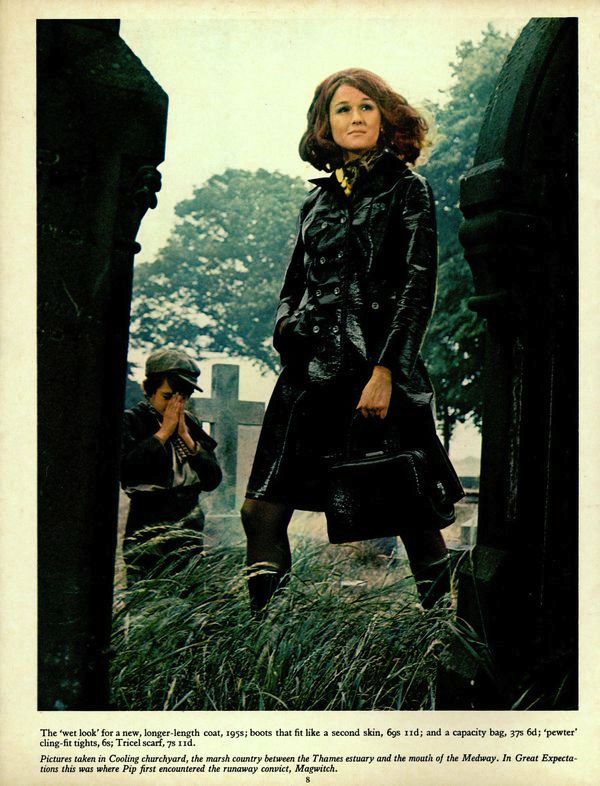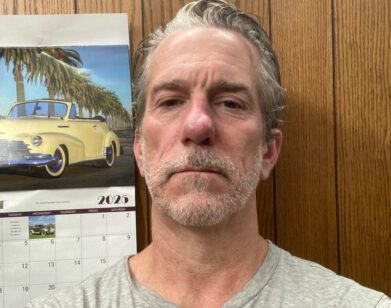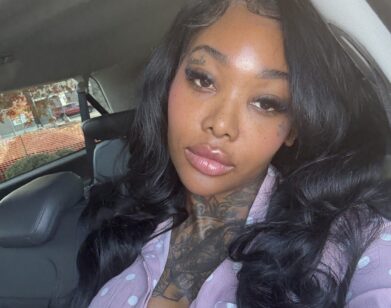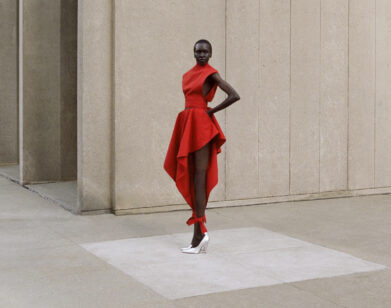Work It: Women in Power
The fashion industry has struggled with the aesthetics of female power for decades, but there has been a significant shift in designers enabling women to communicate their mood, intent, and actions through style. The fashion vernacular now allows us to speak with nuance, as women set their own fashion and power agenda.
A new exhibition at London’s Design Museum “Women Fashion Power” explores the changing politics women’s fashion. Designed by architect Zaha Hadid, the exhibition presents iconic female figureheads and visionaries from Joan of Arc to Margaret Thatcher, Coco Chanel, Donna Karan, and Vivienne Westwood, Several discussions will be held in conjunction with the exhibition featuring subjects such as Joan Burstein, the founder of Browns Fashion, and Roksanda Illincic.
We spoke to curator Donna Loveday ahead of the exhibition’s opening, which will be unveiled by Anne Hidalgo, the first ever female mayor of Paris.
KATE LAWSON: How did the idea for the exhibition come about?
DONNA LOVEDAY: Throughout history, dress has been a signal of wealth, status, and power. It has been used to suggest authority, moral value, and gender. Many extraordinary women have shaped human history over centuries, but the rise of women into contemporary society’s most powerful roles across sectors and around the globe is significant. More professional women are now engaging with contemporary fashion and no longer feel the need to follow strict rules and conventions. The exhibition presented an opportunity to explore how women of power and influence use fashion to define their place in the world, and a sense of themselves.
This exhibition celebrates the achievement of women—and it ranges wide to do so, presenting women in politics, business, culture, and fashion. It feels that this is absolutely the right time to be addressing such a topic.
LAWSON: Did you have a very instinctive approach to which women should be involved in the exhibition?
LOVEDAY: An intensive period of research involved reviewing power lists and shortlists for women of the year awards and consulting leadership networks and blogs. I spoke with many women to ask who they considered to be powerful women and why. From this, we evolved our own power list of women to approach for the exhibition. All of the women we invited to contribute to the exhibition were chosen because they are leaders in their field, and they understand that the clothes they wear are a part of the way that they communicate with the world.
LAWSON: How did Zaha Hadid become involved and how will her visionary aesthetic be seen in the exhibition?
LOVEDAY: I had initially approached Zaha to contribute to the exhibition—she has an incredible wardrobe—but then decided that she would be the perfect person to ask to design the exhibition.
LAWSON: Are there any particular highlights?
LOVEDAY: We have been fortunate to secure a number of historical loans for the exhibition, which include an Edwardian riding habit, Suffragette costumes, an iconic suit famously worn by Margaret Thatcher on the day she was elected leader of the Conservative party in 1975, a “Le Smoking” suit designed by Yves Saint Laurent in 1966, a 1973 leopard print wrap dress by Diane von Furstenberg, and a dress designed by Jacques Azagury for Princess Diana, which she wore on the occasion of her 36th birthday.
LAWSON: What do you want people to consider when walking through the exhibition?
LOVEDAY: How fashion can be an important tool of self-expression—a counterpoint to the idea that fashion restricts or enslaves women, or is a frivolous distraction.
LAWSON: The power suit was once a suit of armour for women, something that lent gravitas, but women can be feminists and still wear a floral Prada dress. How do you think femininity in fashion represents itself now?
LOVEDAY: During the course of the 20th century, women have gradually taken complete control over how they dress. Prior to this, they had never had the freedom from rules and convention that they now enjoy. Today we see the evolution of a new power dress code that moves away from avoiding mistakes, playing safe, and following the rules.
LAWSON: People tend to incorrectly assume that the arts are a female-friendly arena, and although we have some fantastic female pioneers, the truth is that women remain woefully underrepresented across the board. Do you think we can ever achieve real equality for the sexes?
LOVEDAY: There is still a very long way to go, certainly in terms of opening up professions to women that are traditionally assumed by men. Morwenna Wilson is one of the youngest women to feature in the exhibition. As a mechanical engineer and senior projects director at Argent LLP leading the design and delivery of several major projects at Kings Cross, she is a great example of how women are breaking through those “glass ceilings.”
LAWSON: Who are your own female heroes and how have they inspired you?
LOVEDAY: Many of my personal heroes also feature in the exhibition: Emmeline Pankhurst, Coco Chanel, Mary Quant, Diane von Furstenberg, Katharine Hamnett, Vivienne Westwood, and Hillary Clinton.
WOMEN FASHION POWER OPENS AT THE DESIGN MUSEUM IN LONDON TODAY, OCTOBER 29, AND IS ON VIEW UNTIL APRIL 26, 2015.







